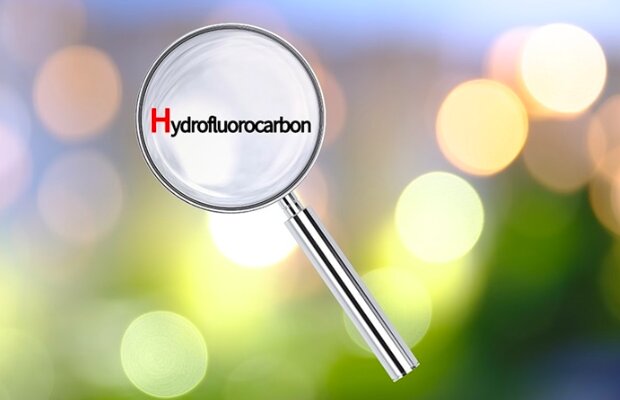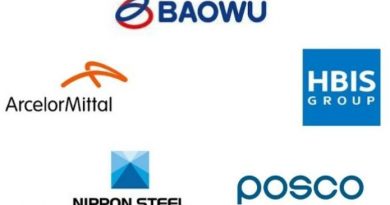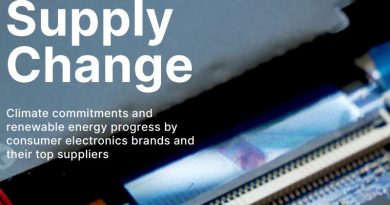US Targets 85% Cut in Harmful Gases By 2035

The United States Environmental Protection Agency (EPA) is capping and phasing down the production and consumption of climate-damaging hydrofluorocarbons (HFCs) in the U.S. HFCs are potent greenhouse gases commonly used in refrigeration and air conditioning equipment, as well as foams and many other applications.
A global phasedown of HFCs is expected to avoid up to 0.5 °C of global warming by 2100. EPA’s new final rule “will phase down the U.S. production and consumption of HFCs by 85% over the next 15 years, as mandated by the American Innovation and Manufacturing (AIM) Act that was enacted in December 2020,” said the agency.
In addition to implementing this phasedown program, the Biden-Harris Administration is seeking to prevent the illegal trade, production, use or sale of HFCs; support the transition to HFC alternatives through research and purchasing; and encourage the reclamation and recycling of HFCs from retired equipment, thus reducing further HFC production, added the agency.
“Today EPA is taking a significant step forward to advance President Biden’s bold agenda to tackle the climate crisis,” said EPA Administrator Michael S. Regan. “Cutting these climate ‘super pollutants’ protects our environment, strengthens our economy, and demonstrates that America is back when it comes to leading the world in addressing climate change and curbing global warming in the years ahead.”
The law will not only phase down HFCs, but also usher in the use of more climate friendly and energy efficient alternatives that will save consumers money while protecting the environment.
EPA estimates that the present value of the cumulative net benefits of this action is more than $272 billion from 2022 through 2050, and that the rule will yield cumulative compliance savings for industry, states the agency. In 2036 alone, the year the final reduction step is made, this rule is expected to prevent emissions of the equivalent of 171 million metric tons of carbon dioxide (CO2) – roughly equal to the annual greenhouse gas emissions from one out of every seven passenger vehicles registered in the United States. According to EPA, the total emission reductions of the rule from 2022 to 2050 are projected to amount to the equivalent of 4.6 billion metric tons of CO2 – nearly equal to three years of U.S. power sector emissions at 2019 levels.
As extremely powerful greenhouse gases, HFCs accelerate climate change, which threatens society with costly health and environmental impacts such as floods, wildfires, drought, and increasingly severe weather events.
EPA conducted an environmental justice analysis that determined overall reductions in greenhouse gas emissions from this rule would benefit populations that may be especially vulnerable to damages associated with climate change, such as the very young, elderly, low-income, disabled, and indigenous populations.
To help ensure the integrity of the program and a rigorous and timely phasedown, EPA will work with the Department of Homeland Security to prevent the illegal import and trade of HFCs through an interagency task force. The task force will be led by experts from U.S. Customs and Border Protection, U.S. Immigration and Customs Enforcement, Homeland Security Investigations and EPA to detect, deter, and disrupt any attempt to illegally import HFCs into the United States.
“The U.S. Climate Alliance welcomes the EPA’s finalization of this rule to phase down highly-potent HFCs across the country. National standards will ensure all communities have access to higher quality products, and that we are giving U.S. industry the best opportunity to innovate and lead the global transition to HFC alternatives,” said U.S. Climate Alliance Policy Director Taryn Finnessey. “Alliance states have been leading the charge in reducing HFC emissions in recent years and now have a strong federal partner in this push. It’s a win for jobs, a win for our economy and it will help us achieve our bold state and federal climate goals.”




